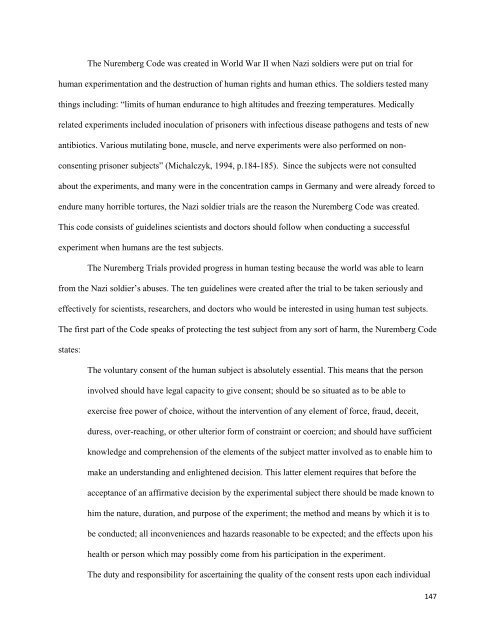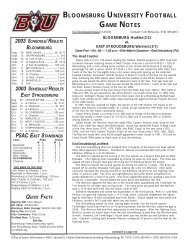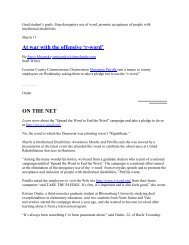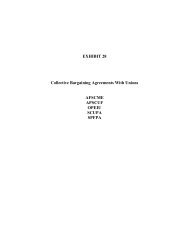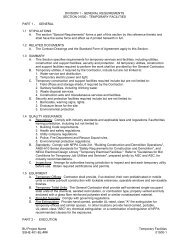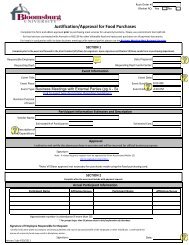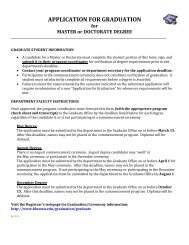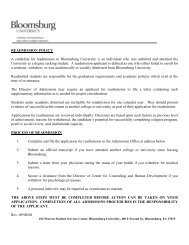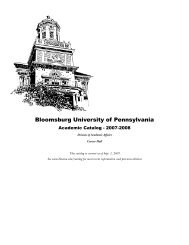Human Rights at Home and Abroad: Past, Present, and Future
Human Rights at Home and Abroad: Past, Present, and Future
Human Rights at Home and Abroad: Past, Present, and Future
Create successful ePaper yourself
Turn your PDF publications into a flip-book with our unique Google optimized e-Paper software.
The Nuremberg Code was cre<strong>at</strong>ed in World War II when Nazi soldiers were put on trial for<br />
human experiment<strong>at</strong>ion <strong>and</strong> the destruction of human rights <strong>and</strong> human ethics. The soldiers tested many<br />
things including: ―limits of human endurance to high altitudes <strong>and</strong> freezing temper<strong>at</strong>ures. Medically<br />
rel<strong>at</strong>ed experiments included inocul<strong>at</strong>ion of prisoners with infectious disease p<strong>at</strong>hogens <strong>and</strong> tests of new<br />
antibiotics. Various mutil<strong>at</strong>ing bone, muscle, <strong>and</strong> nerve experiments were also performed on non-<br />
consenting prisoner subjects‖ (Michalczyk, 1994, p.184-185). Since the subjects were not consulted<br />
about the experiments, <strong>and</strong> many were in the concentr<strong>at</strong>ion camps in Germany <strong>and</strong> were already forced to<br />
endure many horrible tortures, the Nazi soldier trials are the reason the Nuremberg Code was cre<strong>at</strong>ed.<br />
This code consists of guidelines scientists <strong>and</strong> doctors should follow when conducting a successful<br />
experiment when humans are the test subjects.<br />
The Nuremberg Trials provided progress in human testing because the world was able to learn<br />
from the Nazi soldier‘s abuses. The ten guidelines were cre<strong>at</strong>ed after the trial to be taken seriously <strong>and</strong><br />
effectively for scientists, researchers, <strong>and</strong> doctors who would be interested in using human test subjects.<br />
The first part of the Code speaks of protecting the test subject from any sort of harm, the Nuremberg Code<br />
st<strong>at</strong>es:<br />
The voluntary consent of the human subject is absolutely essential. This means th<strong>at</strong> the person<br />
involved should have legal capacity to give consent; should be so situ<strong>at</strong>ed as to be able to<br />
exercise free power of choice, without the intervention of any element of force, fraud, deceit,<br />
duress, over-reaching, or other ulterior form of constraint or coercion; <strong>and</strong> should have sufficient<br />
knowledge <strong>and</strong> comprehension of the elements of the subject m<strong>at</strong>ter involved as to enable him to<br />
make an underst<strong>and</strong>ing <strong>and</strong> enlightened decision. This l<strong>at</strong>ter element requires th<strong>at</strong> before the<br />
acceptance of an affirm<strong>at</strong>ive decision by the experimental subject there should be made known to<br />
him the n<strong>at</strong>ure, dur<strong>at</strong>ion, <strong>and</strong> purpose of the experiment; the method <strong>and</strong> means by which it is to<br />
be conducted; all inconveniences <strong>and</strong> hazards reasonable to be expected; <strong>and</strong> the effects upon his<br />
health or person which may possibly come from his particip<strong>at</strong>ion in the experiment.<br />
The duty <strong>and</strong> responsibility for ascertaining the quality of the consent rests upon each individual<br />
147


